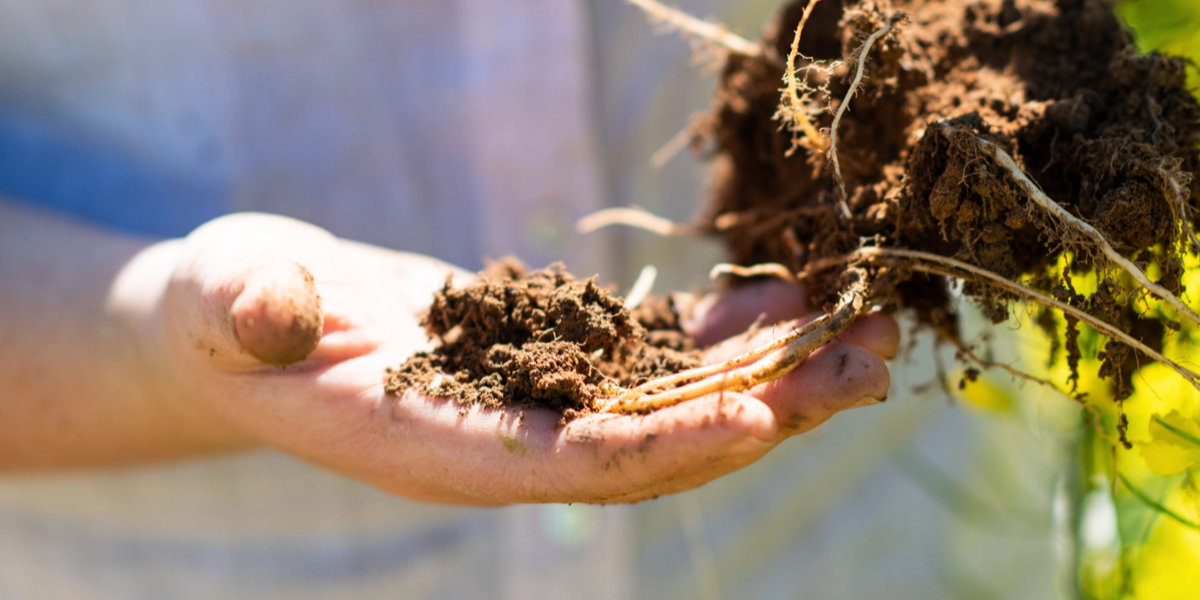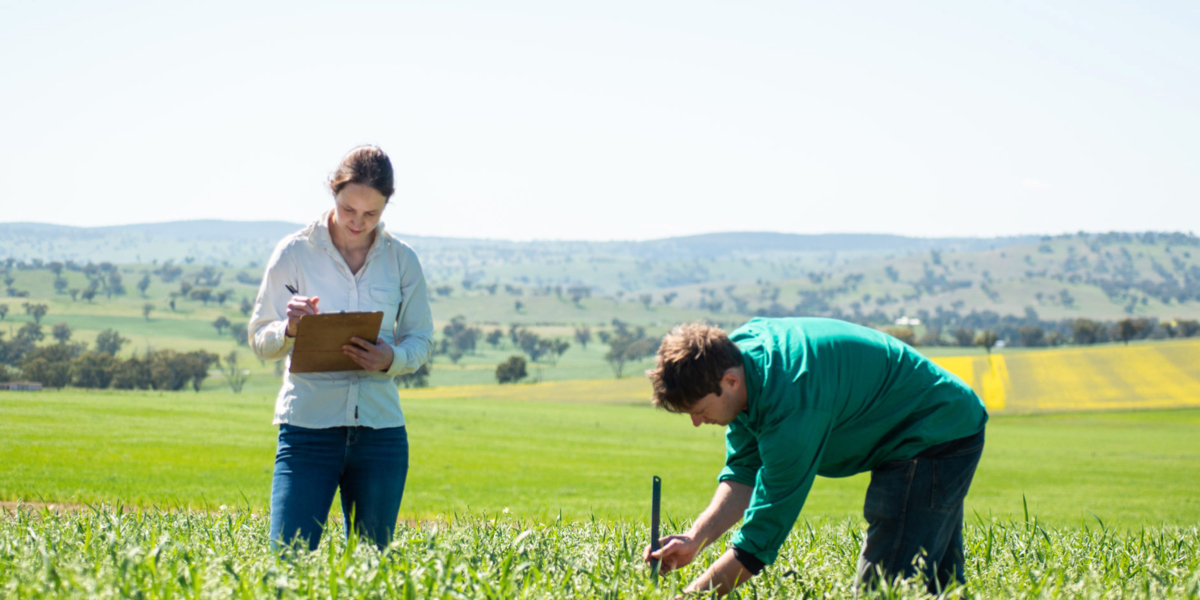AÑO
2023
CATEGORÍA
Trabajo
OBJETIVOS
Hambre cero, Acción por el clima
PAL. CLAVE
agriculture, microbes, carbon sequestering, carbon storaging, sustainable farming
PAÍS
Australia
CRÉDITOS
Loam
LINK
https://www.loambio.com
Loam
Deploying microbes in agriculture to address climate change at scale.
How does it work?
Loam works with 4.5 billion years of evolution to address the climate crisis. Through a better understanding of how microbes influence the carbon cycle, they can create new planetary-scale opportunities for carbon sequestration and improve agricultural productivity.
Loam is working to put agriculture at the forefront of addressing climate change. They deliver high quality CO2 removal with environmental co-benefits, by providing growers with unique tools and connecting them to business leaders who are driving the global path to net-zero. They focus on only the most credible approaches while working to ensure maximum efficiency.
Why is it needed?
The microbial ecosystem underground helps us grow our food, and is even the source of lifesaving medicine. Tiny soil microbes, like fungi and bacteria, also have the ability to store carbon in stable forms. Loam's technology benefits urgent climate action through carbon storaging and makes for quality farming.
How does it improve life?
Microbial soil sequestration promises to be one of the most elegant carbon removal solutions, as it is quick, globally-scalable and provides huge benefits for growers. A farmer coats their seeds with the microbial inoculum before sowing and the plants and the microbes work together to build carbon in the soil and keep it there. Building soil carbon in this way has additional benefits, such as increased soil health, nutrient-rich crops and higher yields, which boost the bottom line for growers and provide a path for generating high-quality carbon offsets.
Loam has also developed a microbial seed coating that supercharges a plant’s natural ability to store carbon in soil. This technology is designed to increase carbon within structures in the soil called micro-aggregates, increasing the amount of CO2 stored for the long-term. Loam’s products are backed by years of research and on-farm trials.





